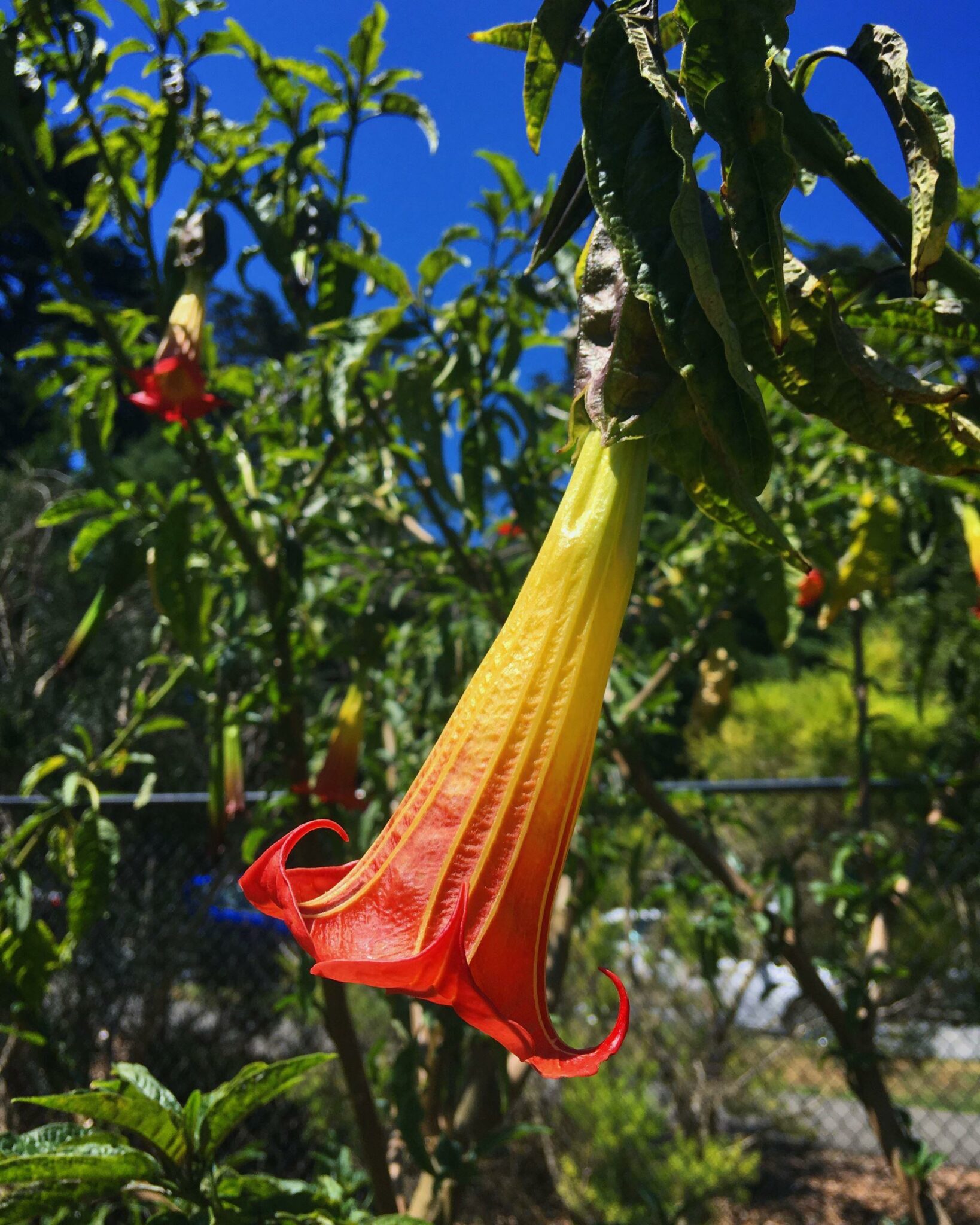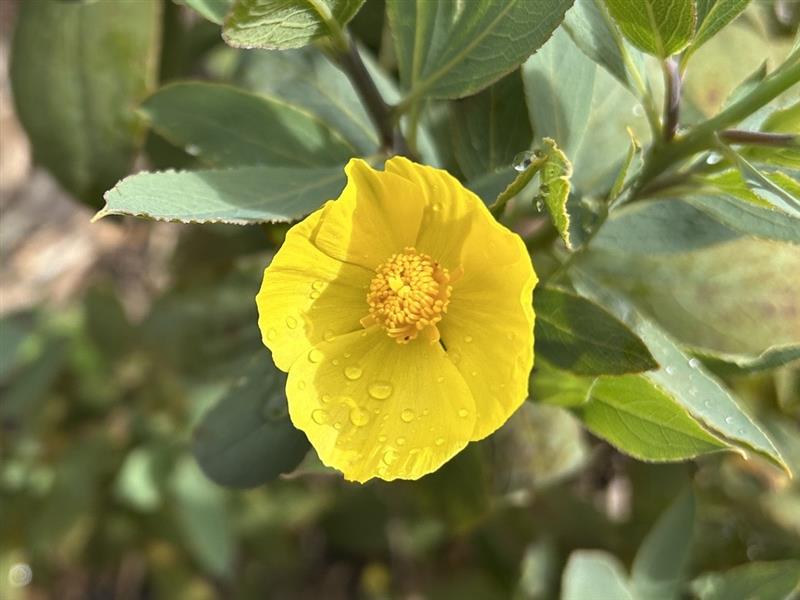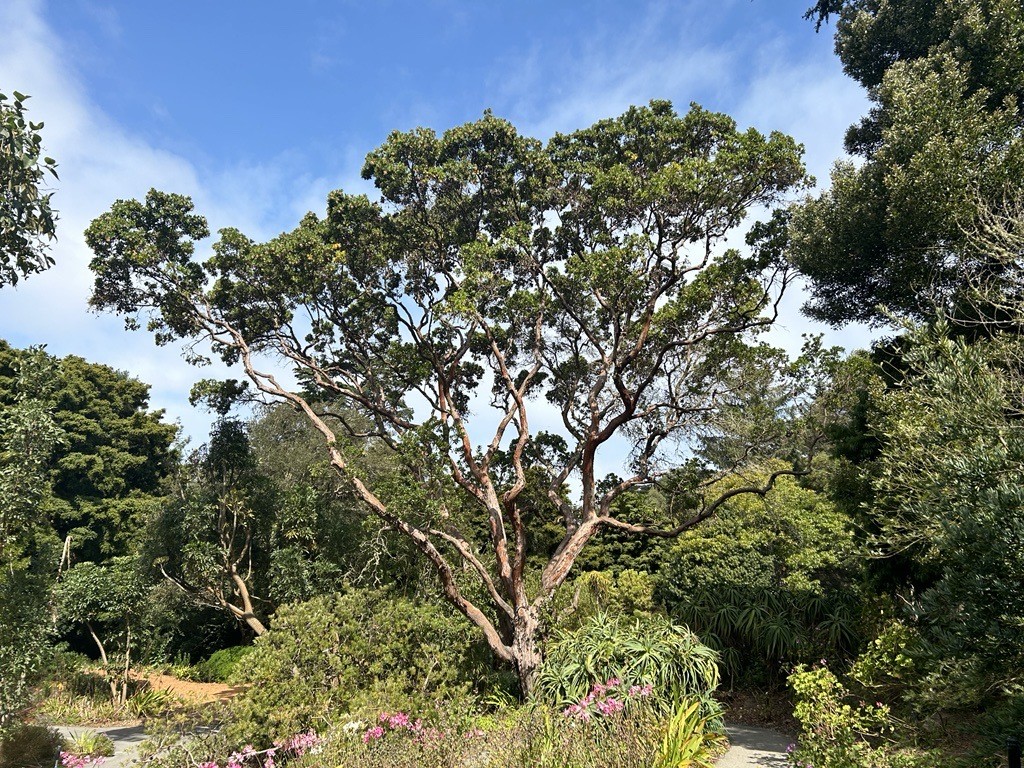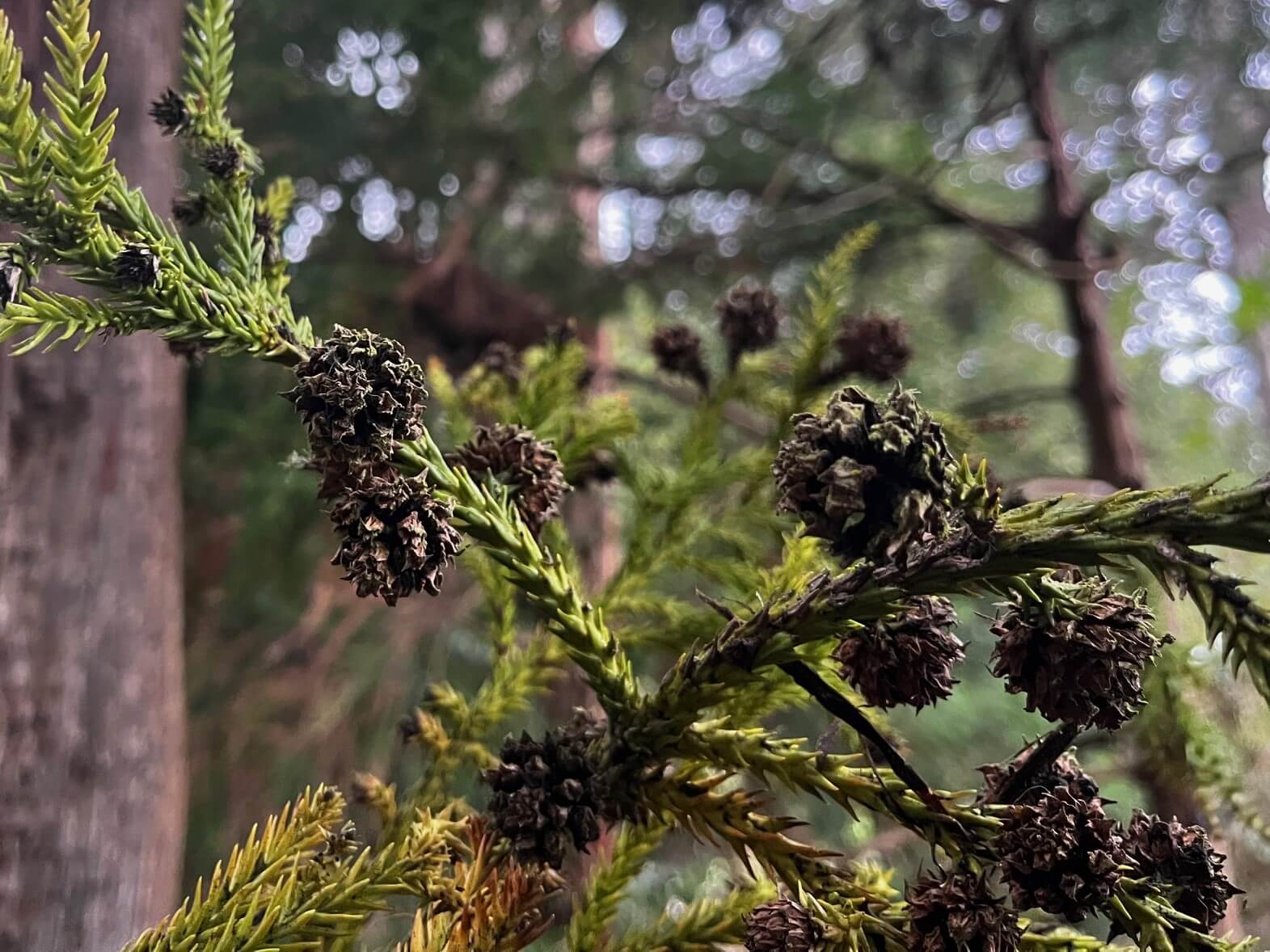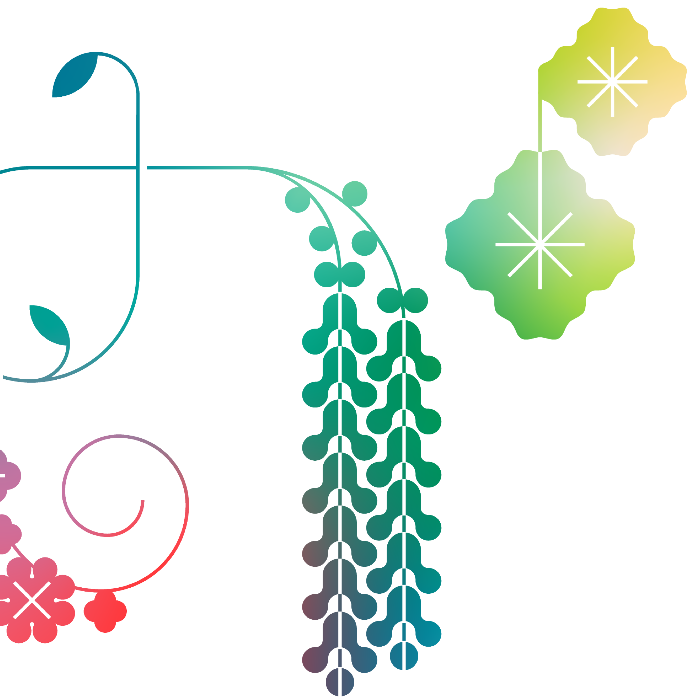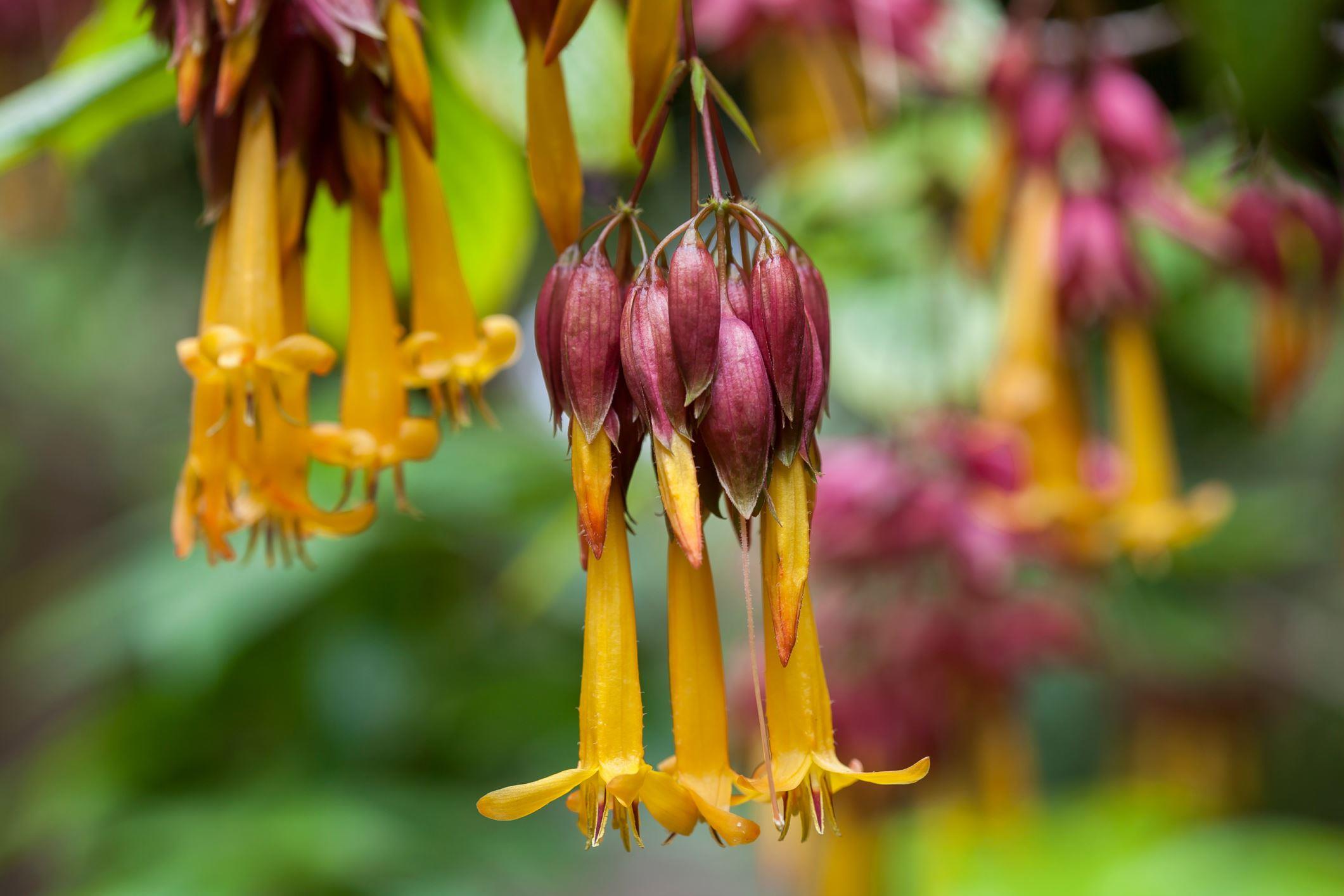
Curator’s Corner – Deppea splendens
This colorful member of the coffee family is a treasure to witness during autumn in the Mesoamerican Cloud Forest collection.
Profile
Scientific name: Deppea splendens
Family: Rubiaceae
Environment: Cool, montane forests
Bloom: July-November
Plant type: Shrub or small tree
Uses: : Ornamental
Location: San Francisco Botanical Garden Mesoamerican Cloud Forest – 24G

Despite its beauty, Deppea splendens, and the cloud forests of Mexico generally, have faced dire threats over the years, primarily due to habitat loss from agricultural expansion, frequent fires, and land use changes.
Deppea splendens, commonly known as the golden fuchsia, isn’t a true Fuchsia (Onagraceae family) but a shrub or small tree situated in the coffee family (Rubiaceae). It’s native to the cloud forests of Chiapas, Mexico and is categorized as Extinct in the Wild per the International Union for Conservation of Nature’s (IUCN) Red List. Reaching heights of 5 to 8 meters, this evergreen species is noted for its vibrant, pendulous flowers; yellow petals nestled within maroon calyces, resembling the Fuchsia flowers we often find in suburban gardens.
Despite its beauty, Deppea splendens, and the cloud forests of Mexico generally, have faced dire threats over the years, primarily due to habitat loss from agricultural expansion, frequent fires, and land use changes. Upon its initial observation in 1972, Deppea splendens was confined to the Motozintla de Mendoza municipality. Tragically however, by 1986, the only known grove which contained only four historic collections of Deppea splendens had been plowed under, leading to the conclusion that the species is now Extinct in the Wild.
The introduction of Deppea splendens can be credited to renowned bay-area botanist Dr. Dennis Breedlove, who encountered this remarkable plant during his expeditions in Chiapas, Mexico in the early 1970s. While trekking down the southern slope of a canyon in Cerro Mozotal, Dr. Breedlove spotted the vivid flowers swaying beneath the foliage throughout a grove of 5- to 8-meter-tall trees. He collected specimens during this observation and about ten years later, began distributing seeds and plants grown from these seeds to botanic gardens and arboreta as a way of promoting the then “Unidentified Rubiaceae”.
Golden fuchsia (Deppea splendens)
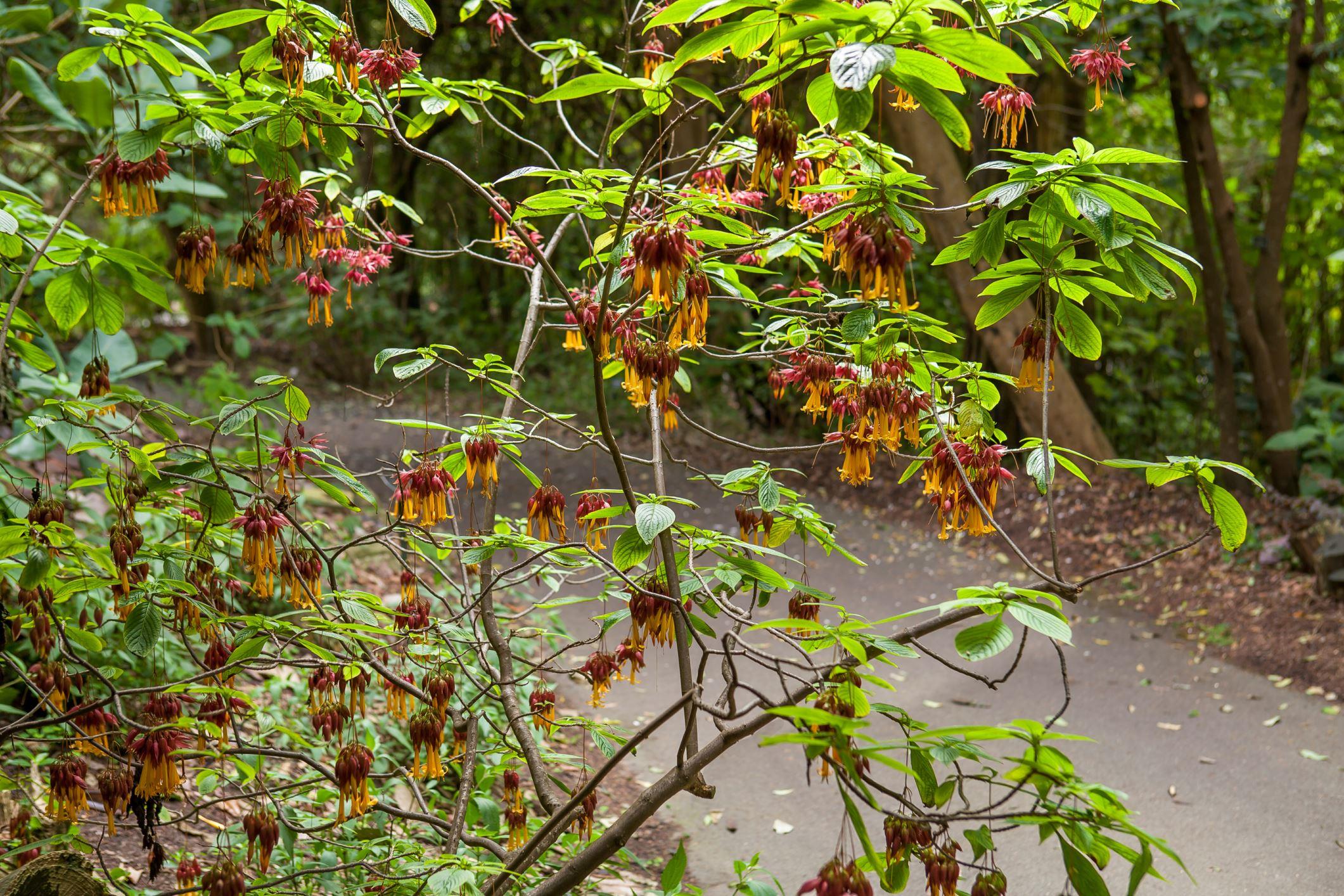
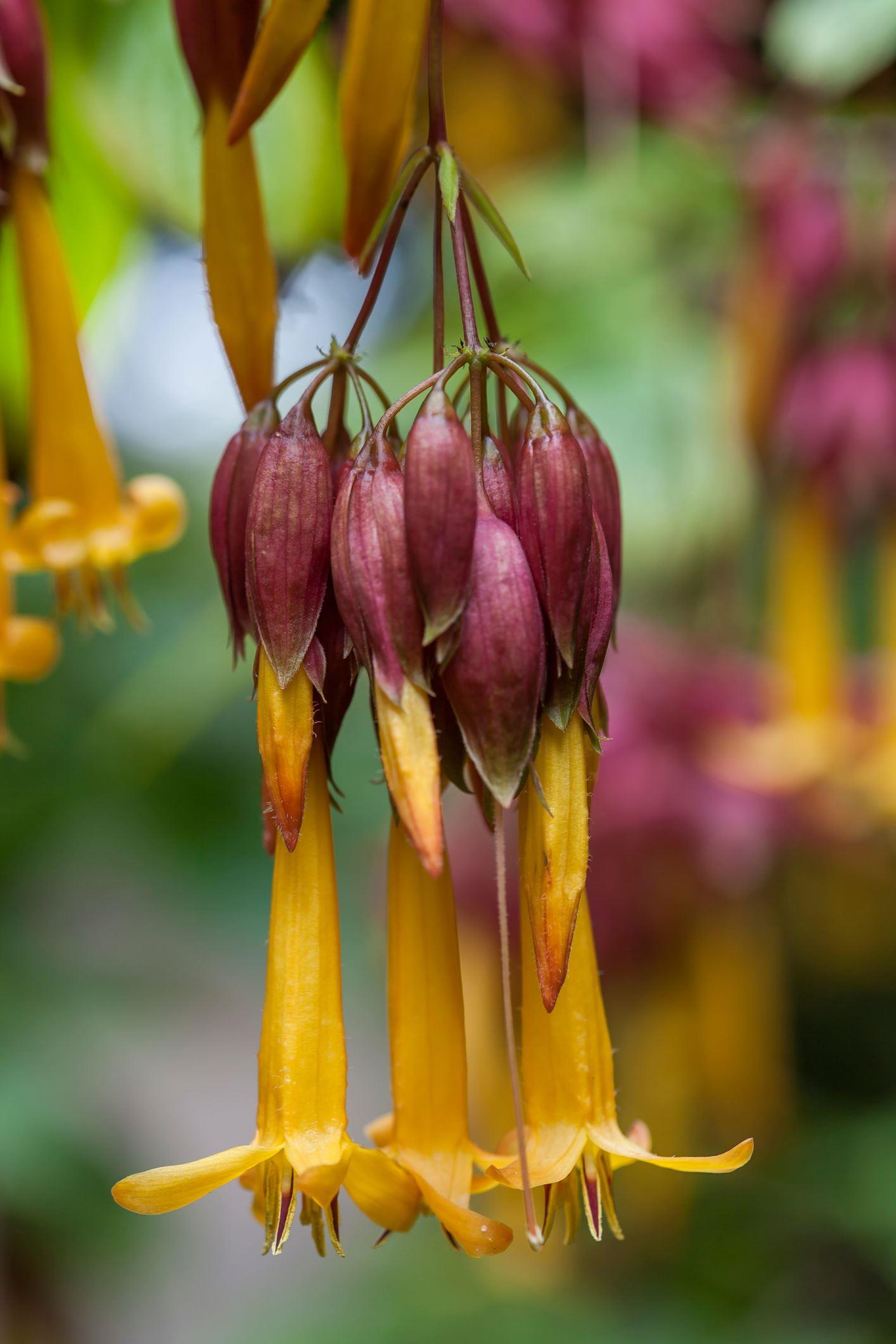
It wasn’t until 1987 that the species was formally described, and soon after, learned that the native habitat of Deppea splendens had undergone severe degradation, resulting in the species becoming increasingly rare, with no known wild populations remaining. Today, the few individuals of Deppea splendens are all descendants from Breedlove’s original seed collections. They can be found here, at SFBG (1984-0257*A – Mesoamerican Cloud Forest – 24G [an original “Unidentified Rubiaceae #55758”]), as well as at the UC Botanical Garden at Berkeley, and the Huntington Gardens, among others. These ex-situ populations highlight the importance of botanical gardens in conservation efforts, serving as living collections that maintain genetic diversity and raise awareness about threatened species.
See if you can find Deppea splendens in the Mesoamerican Cloud Forest in San Francisco Botanical Garden!
Text by Royal Jenkins, phptos by Saxon Holt and Victoria Stewart
